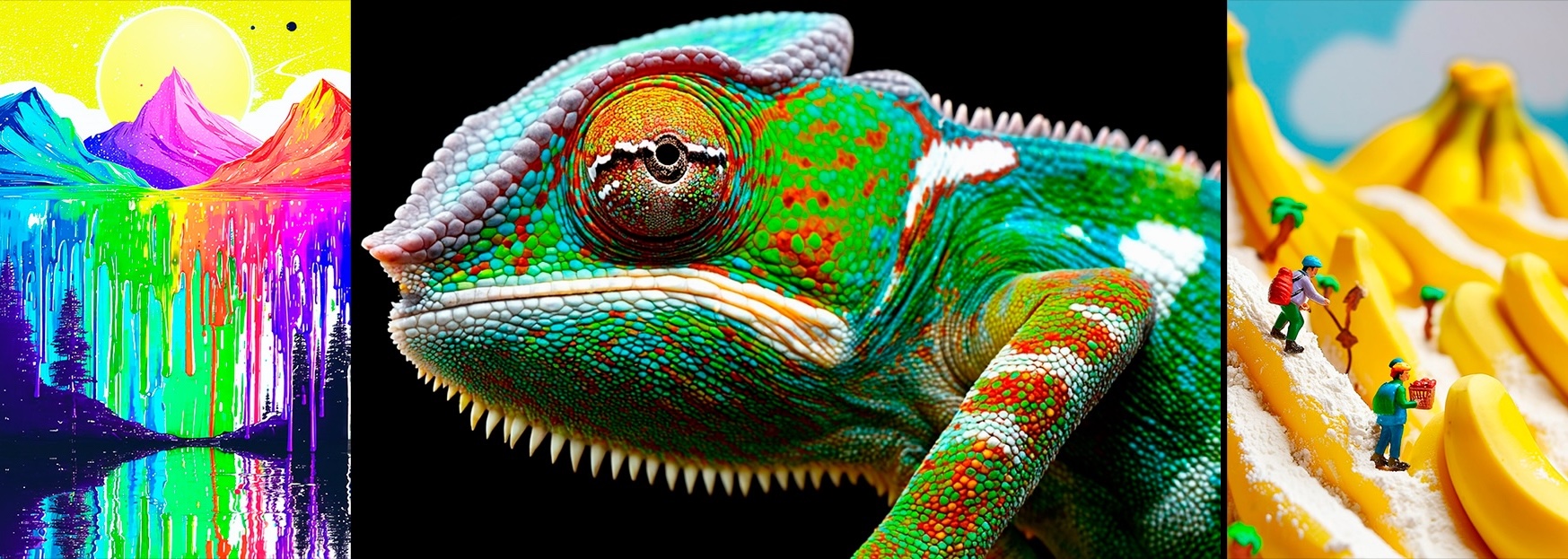Diffusion Transformers are the important thing behind OpenAI’s Sora – and so they’re poised to propel GenAI ahead
4 min readOpenAI Sorawhich may generate video and interactive 3d atmosphere Immediately, GenAI is a outstanding demonstration of the cutting-edge – an actual milestone.
But curiously, one of many improvements that led to that is an AI mannequin structure colloquially referred to as a propagation transformer. arrived Years in the past on the AI analysis scene.
Diffusion Transformer, which additionally powers AI startup Stability AI’s newest picture generator, Stable Spread 3.0It seems to be poised to remodel the GenAI area by enabling GenAI fashions to exceed what was beforehand doable.
Senning Xie, a pc science professor at NYU, launched the analysis mission that can result in the diffusion transformer in June 2022. With William Peebles, when Peebles was interning in Meta’s AI analysis lab and now co-head of Sora at OpenAI, Zee machine studying combines two ideas – Spreading And this Transformer – To make diffusion transformer.
Most fashionable AI-powered media turbines, together with OpenAI FROM-E3Rely on a course of referred to as diffusion to output pictures, video, speech, music, 3D meshes, art work, and extra.
It’s not probably the most intuitive thought, however mainly, noise is step by step added to a chunk of media – say a picture – till it’s not recognizable. This is repeated to create an information set of noisy media. When a propagation mannequin is educated on this, it learns step by step scale back the noise by transferring, step-by-step, nearer to the goal output piece of media (e.g. a brand new picture).
Diffusion fashions often have a “backbone” or a kind of engine, referred to as a U-net. The U-Net spine learns to estimate the noise to be eliminated – and does very properly. But U-Nets are advanced, with specifically designed modules that may dramatically decelerate the propagation pipeline.
Fortunately, transformers can exchange U-nets – and enhance effectivity and efficiency within the course of.

A video produced by Sora.
Transformers are the structure of selection for advanced logic duties, powering fashions equivalent to GPT-4, Gemini, and ChatGPT. They have many distinctive options, however by far the defining attribute of Transformers is their “attention mechanism”. For every bit of enter knowledge (in case of propagation, picture noise), the transformer to weigh Consider the relevance of one another enter (different noise in a picture) and derive from them to supply an output (an estimate of the picture noise).
The consideration mechanism not solely simplifies Transformer in comparison with different mannequin architectures but it surely additionally makes the structure parallelizable. In different phrases, bigger and bigger Transformer fashions could be educated with a major however unobservable improve in computation.
“The contribution that a transformer makes to the diffusion process is similar to an engine upgrade,” Xie advised TechCrunch in an e mail interview. “The introduction of Transformer… marks a major leap ahead in scalability and effectiveness. This is very evident in fashions like Sora, which profit from coaching on massive quantities of video knowledge and intensive mannequin parameters to show the transformative potential of Transformer when utilized at massive scale.

Generated by static diffusion 3.
So, on condition that the concept of the diffusion transformer has been round for a very long time, why did it take years for tasks like Sora and Stable Diffusion to take benefit? Zee believes that the significance of scalable spine fashions didn’t come to mild till comparatively not too long ago.
“The Sora team really went on to show how much more you can do at scale with this approach,” he mentioned. “They have made it quite clear that the U-Nets are out and transformer are for Spreading Model from now on.”
diffusion transformer Needed Zee says they need to be a easy swap-in for current dissemination fashions – whether or not the fashions generate pictures, video, audio or another type of media. The present course of of coaching diffusion transformers doubtlessly introduces some inefficiencies and efficiency loss, however Xie believes this may be addressed in the long term.
“The main solution is pretty straightforward: forget U-nets and switch Transformer, Because they are faster, work better and are more scalable,” he mentioned. “I’m eager about integrating the domains of supplies understanding and fabrication inside the framework of diffusion transformers. At the second, it is like two completely different worlds – one for understanding and the opposite for creation. I envision a future the place these points are built-in, and I consider that attaining this integration requires standardization of the underlying structure, with Transformers being a perfect candidate for this goal.
If Sora and Stable Diffusion 3.0 is a preview of what to anticipate from Diffusion Transformers, I’d say we’re in for a wild experience.
(TagstoTranslate)AI(T)Diffusion(T)GenAI(T)Generative AI(T)OpenAI(T)Sora(T)Stability AI(T)Stable Diffusion(T)Transformer

